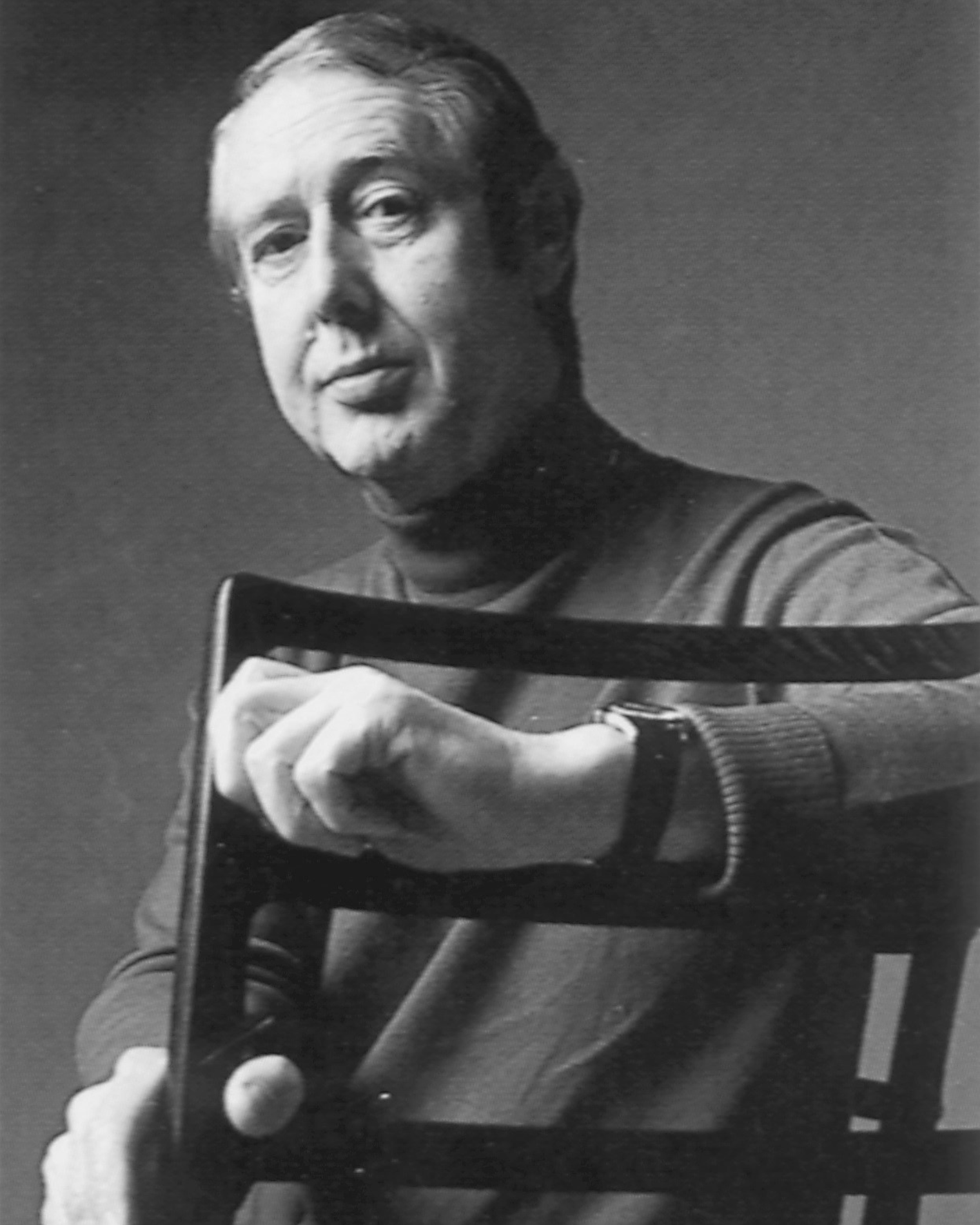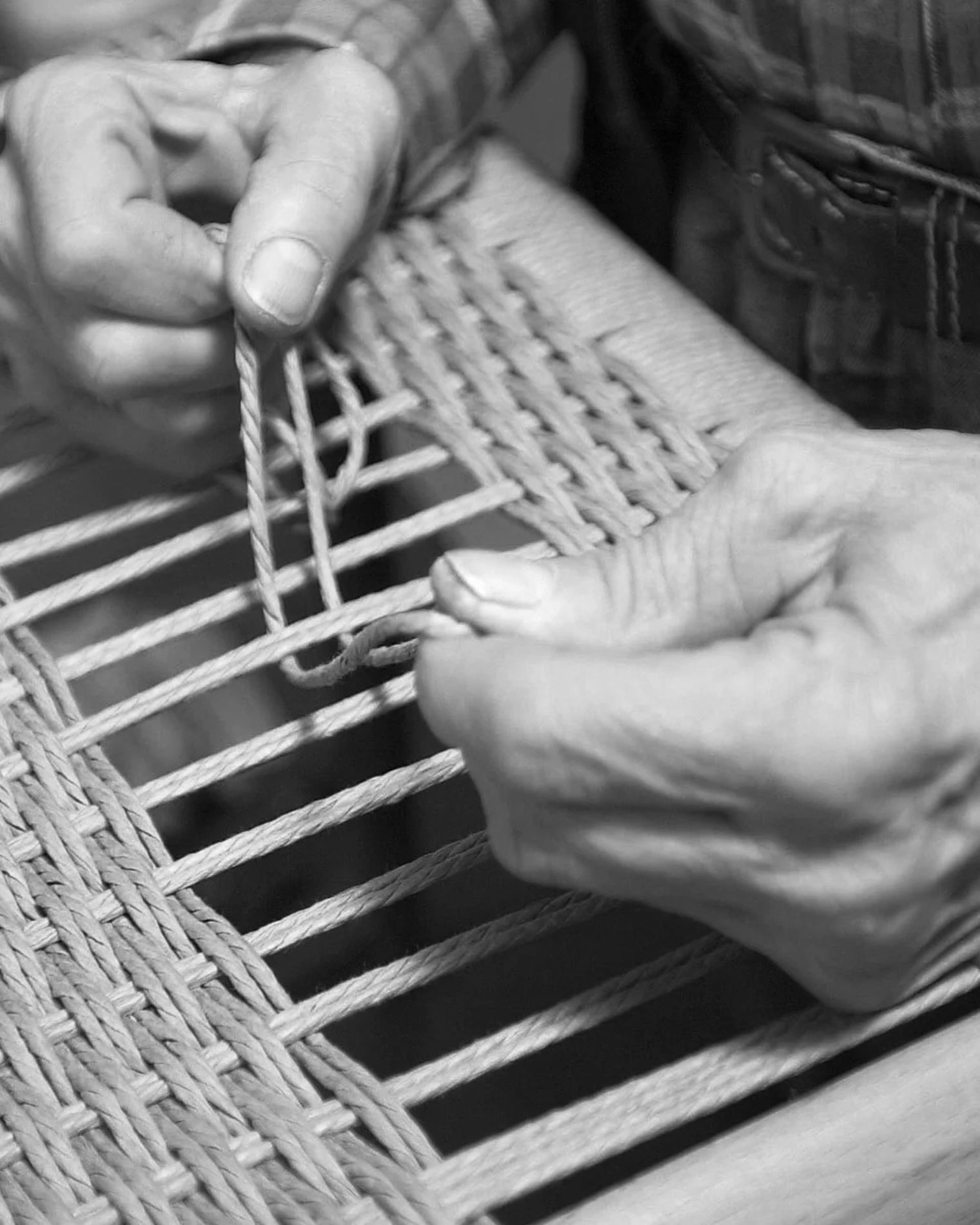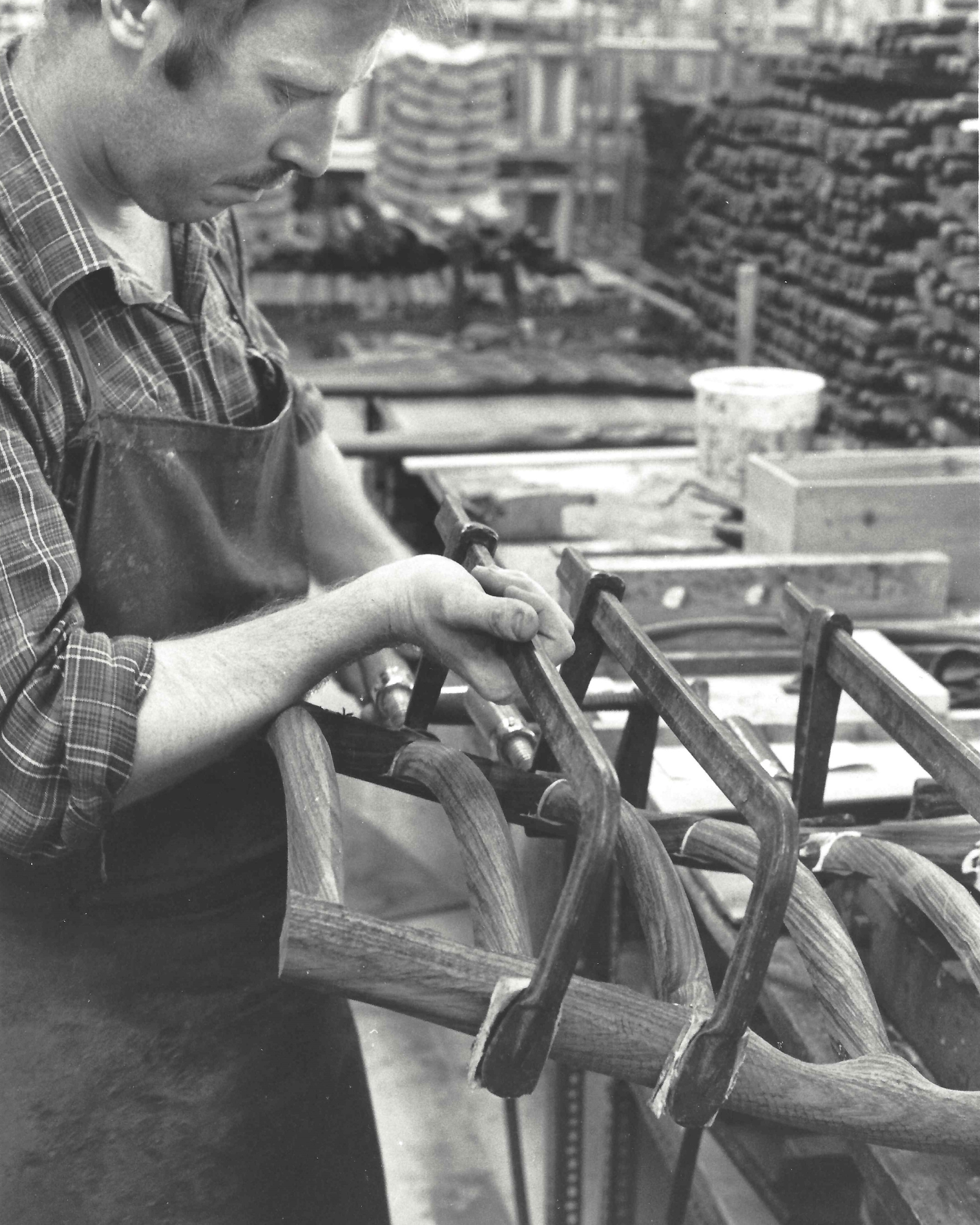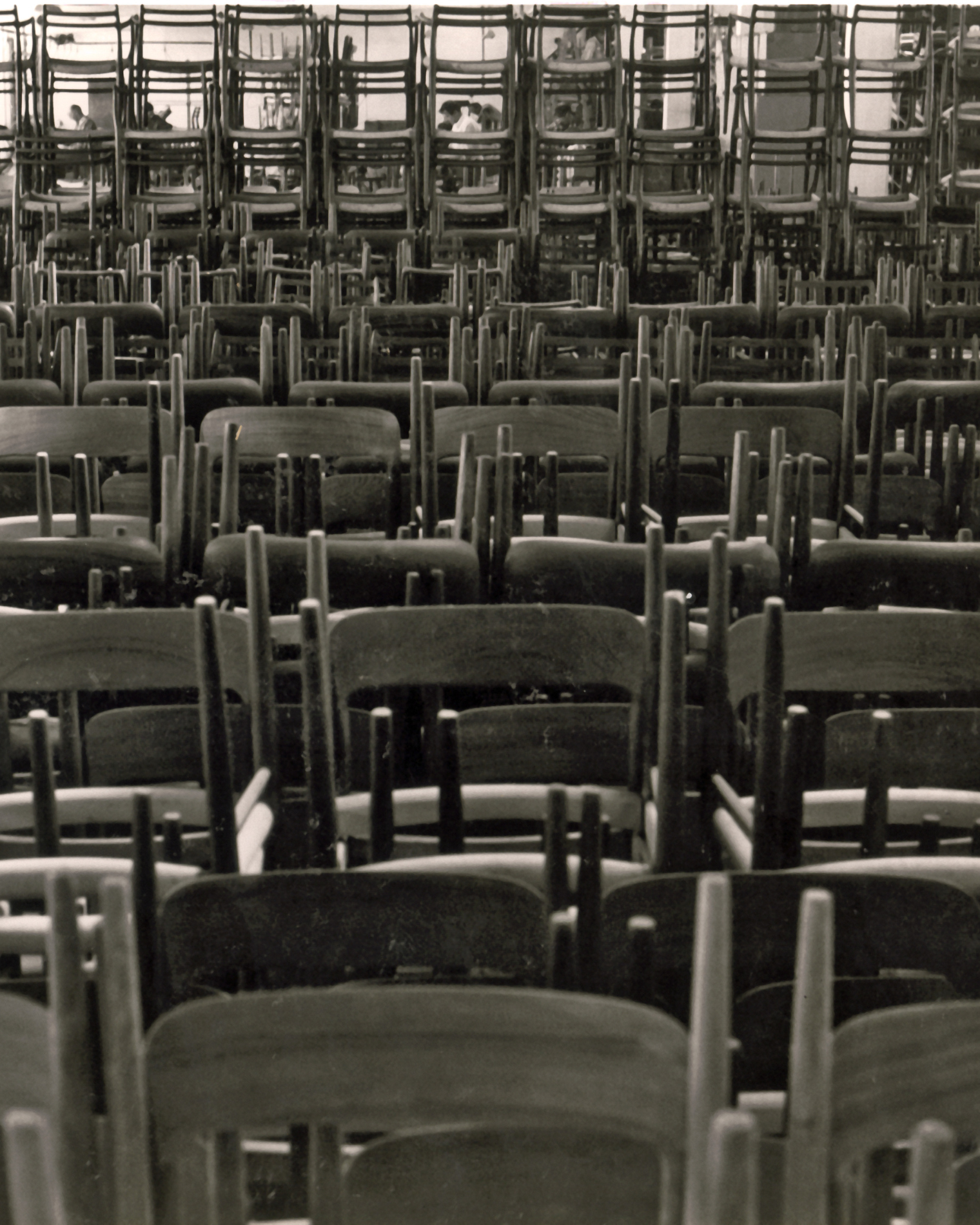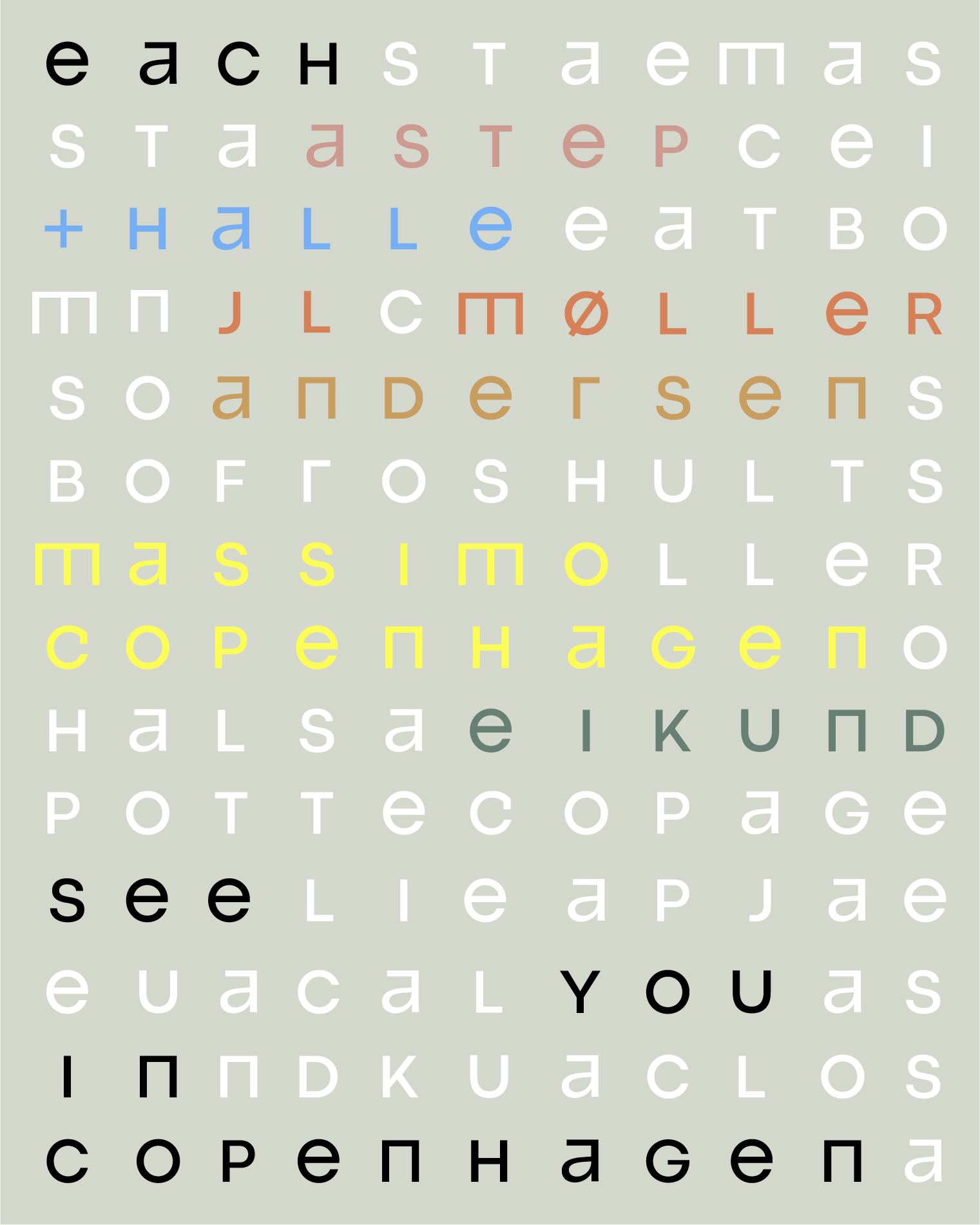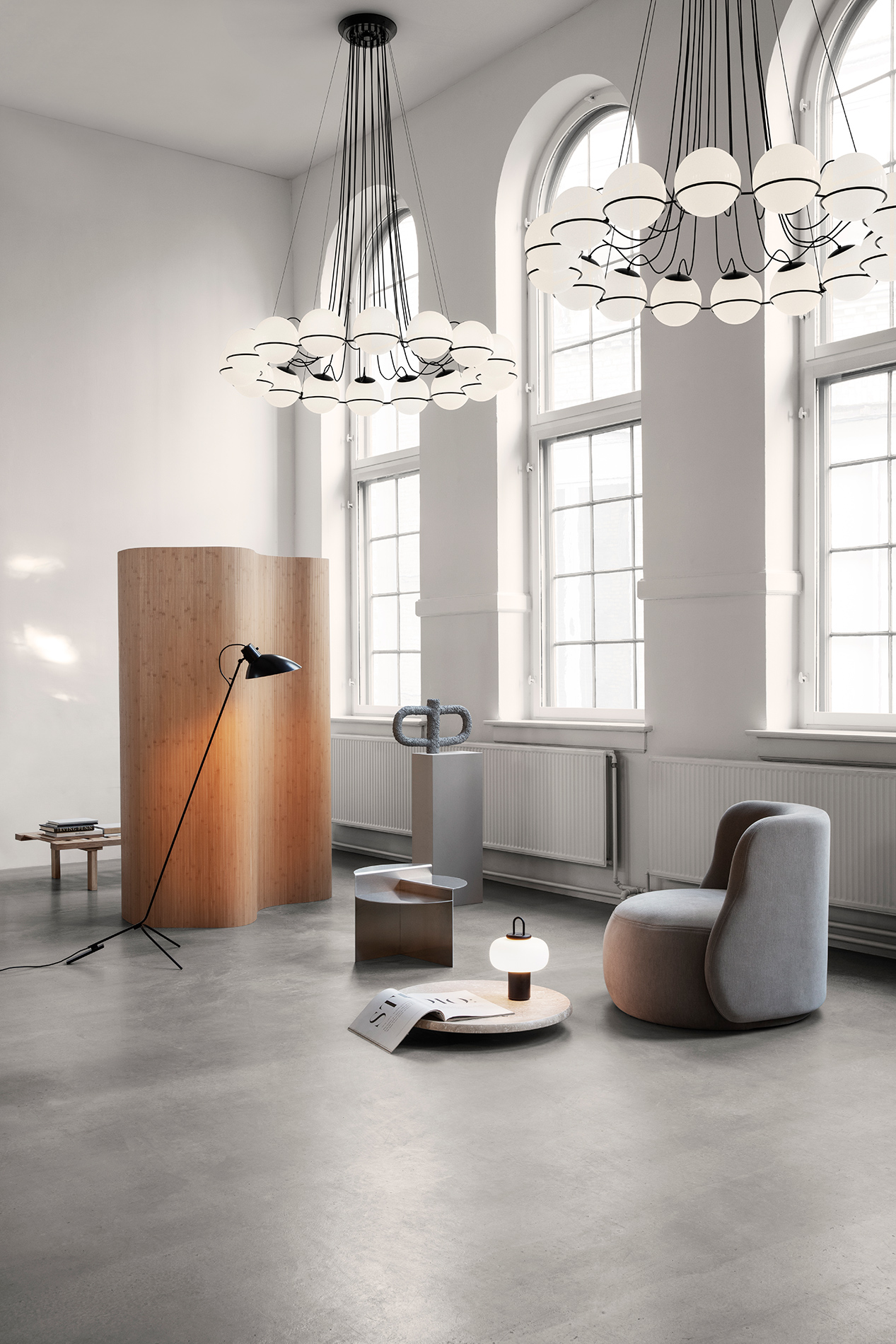Niels otto møller: a Danish design master
What makes a design transcend decades and remain relevant today? The answer could be found in the work of designer Niels Otto Møller, a seminal figure in Scandinavian design who revolutionized the way we think about modern furniture today.
From cabinet maker to design revolutionary
Møller's approach to design began with his training as a cabinetmaker in 1939, a fact that would profoundly mark his work methodology. Unlike many contemporary designers, Møller understood the behavior of wood not only from a design perspective, but from its more intimate nature as a living material.
In 1944, he founded J.L. Møllers Møbelfabrik, implementing a revolutionary production system for its time. Each creation was manufactured according to a process that combined traditional craftsmanship with modern production methods. The joints of his chairs, for example, were made using carefully calibrated wooden dowels, a technique that provided greater durability than conventional mechanical methods.
The Model 71: an icon
In 1951 he designed Model 71, a chair that perfectly exemplifies the characteristics of Møller's work. The backrest features an ergonomic curve achieved through a steaming and bending process that respects the natural direction of the wood fibers. The connection points between the seat and legs incorporate invisible reinforcements that ensure stability without compromising aesthetics. The proportions follow the golden section, creating a visual harmony that transcends fashion.
The nobility of the materials
His choice of materials was revolutionary. His preference for teak and rosewood was not merely aesthetic; these woods offered high wear resistance, superior dimensional stability and the natural ability to develop a patina that improves over time. In addition, their acoustic properties eliminated the creaks typical of other furniture, a detail that demonstrates the thoroughness of his design thinking.
The manufacturing process for a Møller chair involved more than 70 individual steps. The seat fabric on the Model 77, for example, required a single 1.5-meter rope, applied in a specific pattern that provided both ergonomic support and ventilation. This attention to detail characterized his entire production.
Perfection is in the details
As his company grew, the designs were also refined. The expansion of the Højbjerg facility in 1961 allowed experimentation with new bending and finishing processes. However, he always maintained his fundamental principles: clean lines that emphasize the natural structure, precise joints that celebrate craftsmanship, and finishes that highlight the natural characteristics of the wood.
Niel Otto Møller's legacy in contemporary design is undeniable. His technical innovations, such as the back binding system that eliminates the need for visible supports, continue to influence today's designers. The factory, now run by his granddaughter Kirsten Møller, maintains the same exacting standards in production, using original jigs and tooling to ensure the authenticity of each piece.
Related posts
